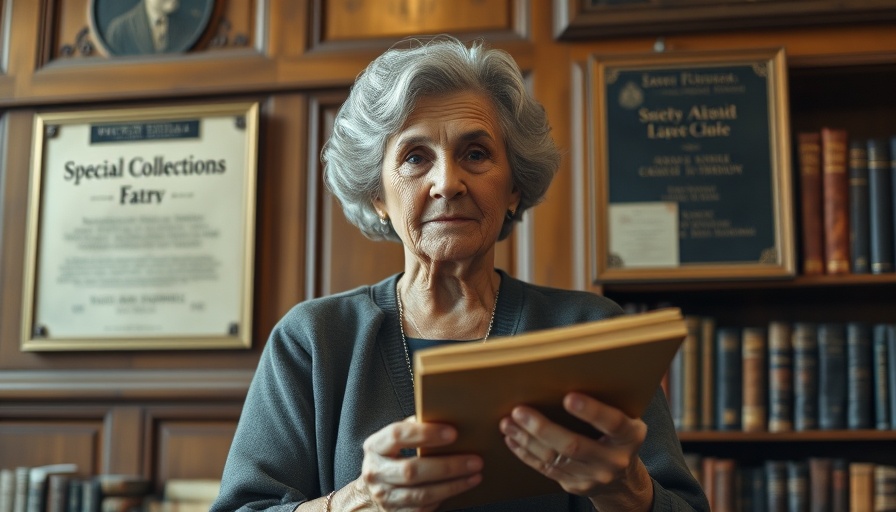
Discover the Hidden Gem of UTEP's Library
For history enthusiasts and casual researchers, the C.L. Sonnichsen Special Collections Department at the University of Texas at El Paso (UTEP) offers an intimate and valuable glimpse into the region's past. With its roots dating back to 1967, the department has evolved into a well-respected hub for those eager to uncover stories related to West Texas, Southern New Mexico, and Northern Mexico.
A Collection Like No Other
The Special Collections Department boasts around 800 collections, encompassing a wide variety of historical materials including art, books, manuscripts, and personal papers from local luminaries. Claudia Rivers, the head of the department, emphasizes that "you don't have to be special to use special collections"; rather, anyone with a curiosity is welcome here. During the last fiscal year, approximately 2,500 visitors came to take advantage of these rich resources, and many engaged with records that reveal the intricate legal and land histories of the area.
Unparalleled Support for Researchers
Researchers often praise the department for its personalized support and expert staff, which enhances their investigative experience compared to larger archives. Rivers and assistant head Susannah Holliday strive to ensure that every user feels equipped to delve deep into their subjects. Marcia Hatfield Daudistel, an accomplished author, echoed that sentiment, asserting, "That place there is a total treasure trove."
Embracing Local History
With a focus on regional narratives, the collection aids researchers, historians, and the general public alike in accessing vital information about local histories. As more visitors arrive to unearth personal connections to the past, the department becomes an essential resource not just for scholarly inquiries, but for creating a shared cultural legacy.
Whether you're a budding historian or simply curious about the rich tapestry of El Paso's history, the Special Collections Department at UTEP is a must-visit. Its welcoming atmosphere and extensive archives serve as a reminder of the importance of preserving local stories for future generations.
 Add Row
Add Row  Add
Add 




Write A Comment